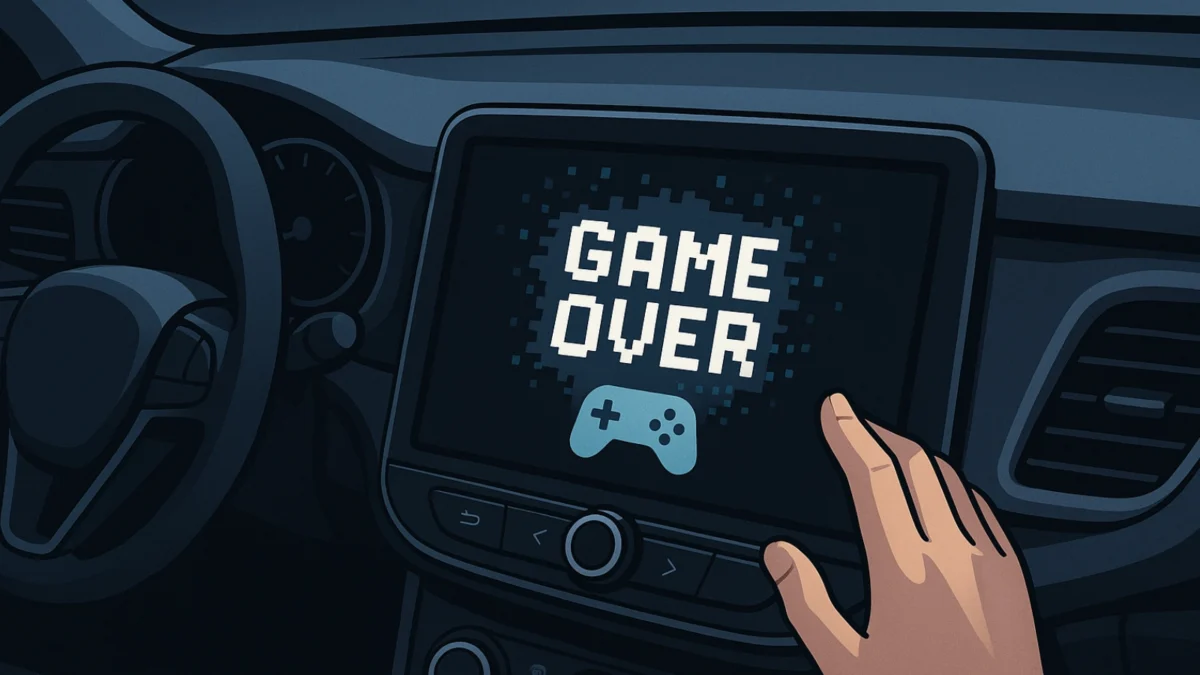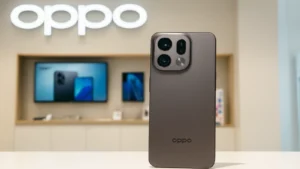Google’s lightweight GameSnacks collection is quietly vanishing from Android Auto’s app launcher in recent beta builds, as spotted by users and reported by 9to5Google. It’s a small change on the surface — a few casual HTML5 mini-games that once loaded instantly on car displays — but it reflects a deeper shift. Platforms like Google are rethinking how much entertainment belongs in the driver’s cabin, especially as regulators and safety advocates scrutinize distraction risk.
The bigger question is: what are the safety, regulatory, and strategic trade-offs of allowing “games in the car”?
What Was GameSnacks — and Why It Existed
GameSnacks began as an experiment from Google’s Area 120, offering quick-loading HTML5 games tailored for Android Auto’s limited interface. The idea was simple — fill short waits, like charging stops or curbside pickups, without users turning to their phones. But its simplicity came with quirks: players sometimes reported that titles failed to launch even when the car was parked, a bug later noted by Autoevolution.
The Safety Question: Distraction and Edge Cases
Safety sits at the heart of this story. Even with parked-only restrictions, any system that invites gameplay in a car risks misuse. A software glitch, a delayed sensor reading, or a driver intentionally bypassing the safeguard could let games run while in motion. As Android Police pointed out in early coverage, the presence of a “Games” icon alone can tempt experimentation — a subtle but real behavioral risk.
And regulators take this seriously. In many regions, distracted-driving laws already make platform makers partially liable for design choices that could enable risky use. Once a feature exists in a moving vehicle, it must be bulletproof — especially as driver-assist systems blur who’s “in control.”
Why Offer In-Car Games at All?
There’s logic behind it. Drivers and passengers stuck charging or waiting may prefer casual play built into the dash rather than juggling phones (many systems already block mobile use while connected). From a strategic lens, it also helps Android Auto compete with native infotainment systems and Apple’s CarPlay. Recent betas even enable native Android games like Candy Crush and Angry Birds, playable only when parked and immediately paused once the car shifts out of gear.
GameSnacks’ Removal: A Strategic Rebalancing
Pulling GameSnacks seems less like retreat and more like refocus. Google may be phasing out the bulk mini-game bundle in favor of curated, higher-quality native apps with stronger safety controls — and fewer bugs. Low usage could also be a factor; Autoevolution and other outlets noted long-standing stability issues and limited engagement. The gradual rollout, beginning in beta, suggests Google is watching user response before final removal.
Balancing Safety, Regulation, and Innovation
To get this right, platform makers need automotive-grade safeguards: immediate shutdown when shifting out of park, reliable vehicle-state detection, and consistent testing across car models. They’ll also need transparent user education, regulatory collaboration, and possibly formal certifications like ISO 26262.
Because if the balance fails — one crash tied to in-car gaming — the fallout could be swift: legal exposure, public backlash, and potential bans on nonessential apps in dashboards.
The Road Ahead
GameSnacks disappearing doesn’t mean the end of in-car gaming. It’s a recalibration — a sign that Google is prioritizing safety and quality over novelty. The future may still include dashboard entertainment, but with tighter controls and clearer boundaries.
As Android Auto evolves, watch for new changelogs, regulatory updates, and statements from automakers. They’ll reveal whether the next wave of in-car apps plays it safe or continues to push the limits of what’s allowed behind the wheel.
Last Updated on October 18, 2025 by Lucy




